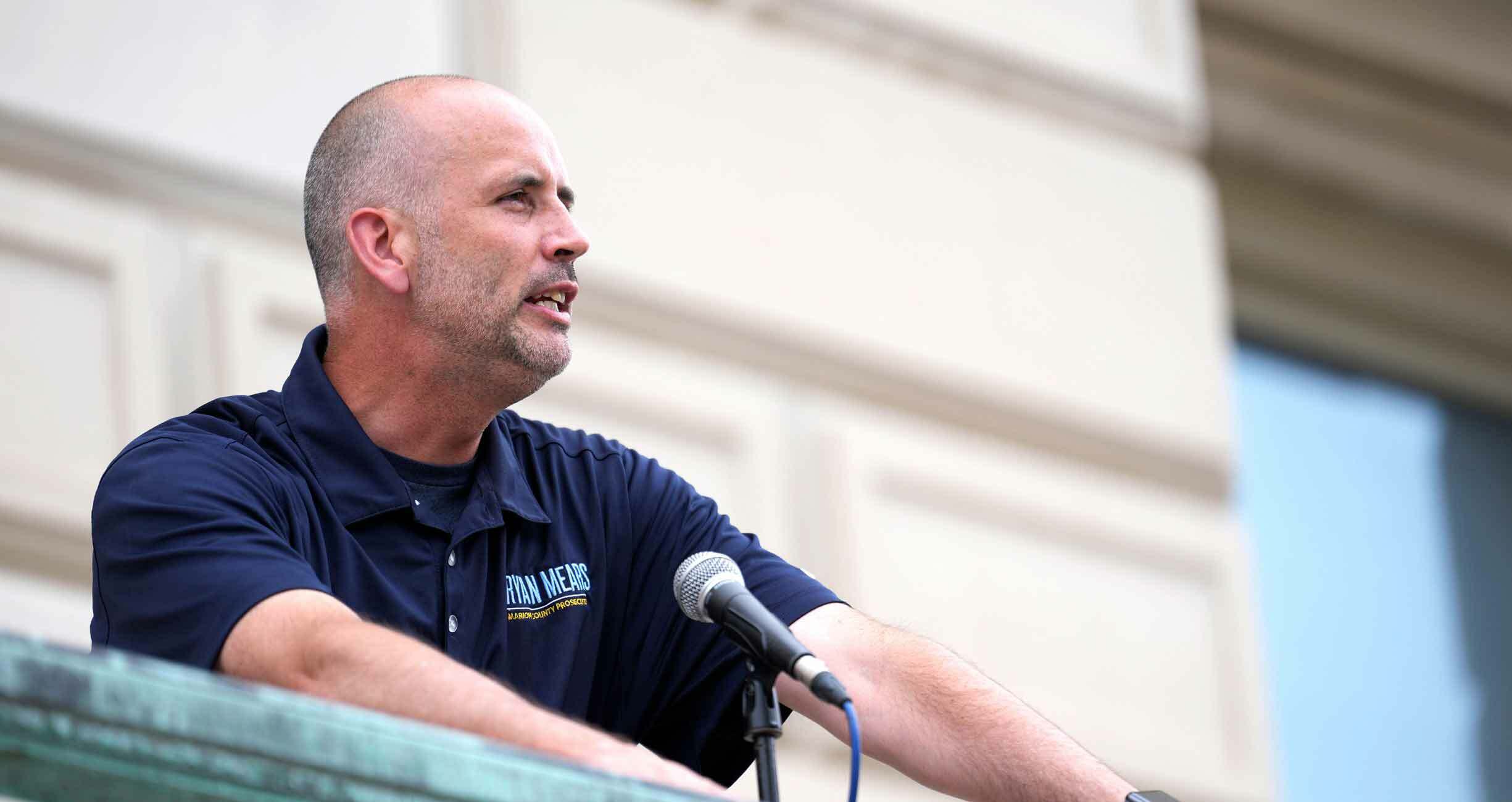Stopping the Systems That Keep Sending People Back to Prison

In 2021, the number of people experiencing homelessness in Indianapolis surged
to a 10-year high. From January to December 2020 the city saw a 41 percent increase in drug overdose deaths compared to 2019. And with these social and health crises, Marion County Prosecutor Ryan Mears saw arrests
for low-level, nonviolent charges rooted in poverty, substance use disorders, and unmet mental health needs.
But rather than incarcerating people for alleged offenses, like trespassing, drug possession, and public intoxication, Mears, a partner of Vera’s Motion for Justice campaign, wanted to provide services that addressed the underlying causes of these cases to build public safety. He and his office established the Quality of Life Unit, which partners with community-based organizations to identify people charged with crimes who could benefit from a diversion program that would address their housing and treatment needs. Once a person is deemed eligible for the program, they meet with prosecutors and relevant service providers and agree to a three-month plan with goals tailored to their situation. If they meet those goals, Mears’s office will dismiss the charges against them.
The programs offered through Marion County’s Quality of Life Unit are still running today and, with Vera’s support, the program has been able to expand its partnership with Horizon House, a local organization that addresses housing needs. Critically, these programs do not exclude people based on their prior history of arrests or convictions. By considering the person before them holistically, the office ensures that those who may benefit most from diversion are not excluded from it.
“We’re not going to look at this person and say, ‘they have five substance [related] arrests in the past,’” Mears said. “To me, that might be the perfect person to participate in this substance abuse treatment program that we have because now they are in a position in their life where they are ready to get help.”
The policy accounts for the often-cascading consequences of a prior conviction or incarceration, which can keep someone from securing a job, block them from housing, prevent them from driving legally, and even permanently separate them from their children. Simply having a prior conviction can lead to, on average, tens of thousands of dollars in lost earnings, losses that are concentrated in communities of color. As a result, convictions can fundamentally destabilize someone’s life and trap them in a cycle of incarceration and poverty. Diversion programs that use conviction history to bar people from services compound that cycle, making it harder for someone with a record to achieve the stability they need to thrive.
“Once someone obtains housing, everything else seems to fall into place,” Joel Schneider, now a magistrate judge in Marion Superior Courts, told the Indianapolis Bar Association while serving as deputy prosecutor on the Quality of Life Unit. “When you have a place to rest your head at night, you can get a job or get into treatment. It puts the individual in a place to succeed.”
Diversion programs show a great deal of promise in building long-term public safety. A 2018 study in Harris County, Texas found that for people being prosecuted for the first time, diversion programs decreased the probability of their future conviction by 48 percent over 10 years, and improved their employment rates by 53 percent over the same period. Denying people access to such a powerful tool lowers their ability to succeed when their case resolves.
By preserving discretion on diversion eligibility, Marion County is also leveraging the potential of diversion programs to reduce the disparate impact of racial and economic bias in policing. Police arrest Black people at a rate five times higher than they arrest white people, and communities of color face heavier police surveillance. That increased rate of arrest means people of color are most likely to be ruled ineligible by diversion programs that consider conviction or arrest history, even if they are ideally matched candidates to receive the benefits.
“There are certain groups that for whatever reason have more contact with the criminal legal system. A lot of that has to do with our policies and how we deploy resources in particular neighborhoods. Those areas receive more law enforcement attention, and that increased attention leads to more people with prior criminal histories,” Mears said. “But that’s not necessarily a good barometer. . . [to assess] whether this person is going to be willing or able to complete this diversion program. . . We can’t just draw these bright lines, and say ‘Look, you have these prior convictions; therefore, you don’t deserve the benefits of diversion.’”
Diversion programs are among the most powerful tools at a prosecutor’s disposal to minimize the devastating collateral consequences of a conviction and to account for racial and economic bias in policing. Rather than forcing cases down a narrow path from arrest to prosecution to incarceration, they offer offramps that build safety, reduce the lasting harms of incarceration, save public dollars, and engage the broader community. At their best, they prevent people from being ensnared by the often lifelong destabilization of a conviction.
Walling these tools off from people who have been previously convicted of a crime—given all we know about the inequalities of our criminal legal system and the cascading harms of prior convictions—serves no one. That’s why Vera’s Motion for Justice partners do not use criminal history to bar people who would benefit from diversion. Communities looking to invest in long-term public safety must build support programs, like those provided by Marion County, that do not mechanically process cases, but instead focus on the people and neighborhoods they are meant to serve.
